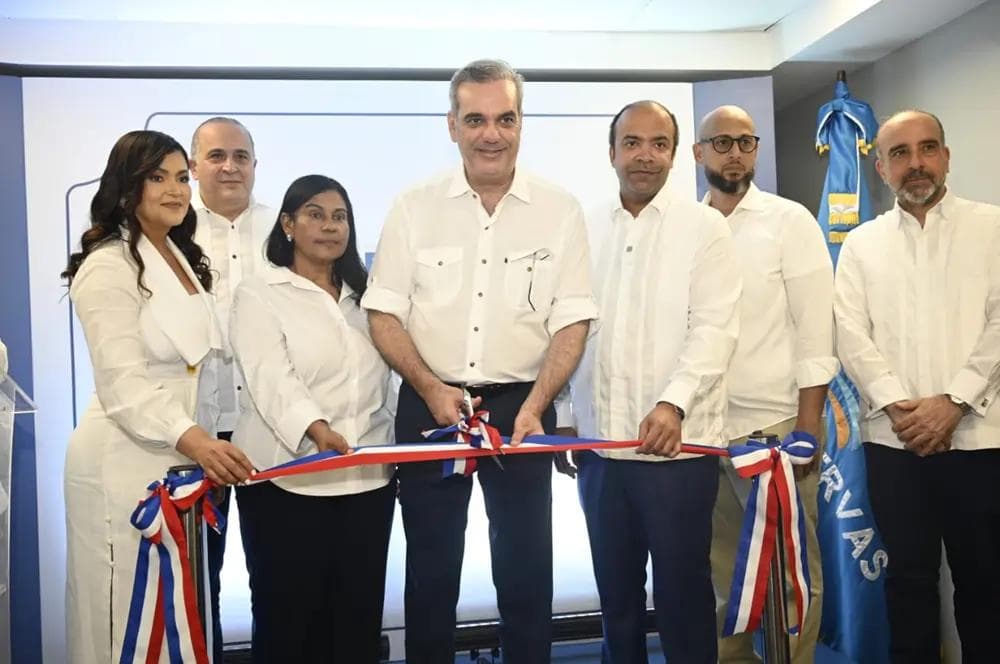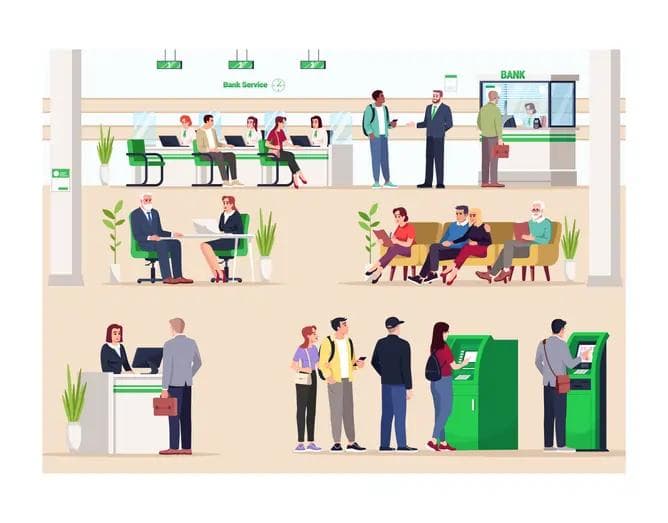IS GOING DIGITAL THE ONLY SOLUTION FOR A DISRUPTED BANKING SECTOR?
IS GOING DIGITAL THE ONLY SOLUTION FOR A DISRUPTED BANKING SECTOR?
Published by Gbaf News
Posted on January 23, 2018

Published by Gbaf News
Posted on January 23, 2018

Danny Molhoek, General Manager North West Europe at Lexmark
Perceptions of banking are changing all over the world.
An illuminating global consumer survey by Accenture found that attitudes towards the banking sector have shifted in recent years.

Danny Molhoek
For example, digitally active consumers (who make up 39 percent of survey respondents) are ready for new delivery models. They’re comfortable with computer-generated support and with receiving services from non-traditional providers. 78 percent of them would bank with a technology firm like Amazon or Google and are happy to share personal data with their banking services provider but 66 percent demand faster, easier and personalised services in return. Banks, in the minds of their customers, are fast becoming a utility or commodity.
Likewise, when it comes to millennials, attitudes are also changing. A study by global services company Telstra asserted that the “the ‘always-on’, automated and hyper-personalised online world of the Internet and mobile devices” has created new expectations – millennials “demand speed, convenience, flexibility and customisation” in their financial services.
With all this change in mind, what is the banking sector doing to respond? What can it do to adapt to this shift in perception and new demands from banking customers?
Well, many banks are counting on technology to greater appeal to their customers, aiming to ensure they offer an always-on, personalised service. 24/7 apps for mobile banking and humanised web portals go some way to achieving this, but tend to struggle when it comes to offering a consistent banking experience.
Let’s not forget, the banking sector still relies heavily on paper-based processes. And although it faces increasing challenges from digital players who target consumers with online business models, there is little benefit in banks getting ahead of themselves in this regard. A personalised service that restores the customer relationship doesn’t have to mean doing away with paper forms and going completely digital – the solution could be something as simple as banks treating each customer as if it was their only customer.
Banks that focus on document management agility and invest in creating personalised banking experiences will be appealing to not just the sceptical millennials, but all customers who demand a personal, efficient and hassle-free service.
Smart capture solutions can be deployed to address the pinch points affecting the automation of a range of manual, paper-based processes – from opening new accounts to applying for mortgages – all while ensuring that the customer stays informed throughout the process.
These solutions will deliver the efficient and effective customer service levels being demanded in today’s market – all without compromising on the personalised aspects that bank customers are looking for.
Going completely digital may not be a panacea to meet the demands of modern customers.Apps and online portals can be a useful tool for improving service, but they only form part of the solution – these digital tools can’t replace a truly personal service. Banks shouldn’t seek a solution that leaps from traditional paper-based processes to digital overnight; there has to be a solution that bridges the gap.
Danny Molhoek, General Manager North West Europe at Lexmark
Perceptions of banking are changing all over the world.
An illuminating global consumer survey by Accenture found that attitudes towards the banking sector have shifted in recent years.

Danny Molhoek
For example, digitally active consumers (who make up 39 percent of survey respondents) are ready for new delivery models. They’re comfortable with computer-generated support and with receiving services from non-traditional providers. 78 percent of them would bank with a technology firm like Amazon or Google and are happy to share personal data with their banking services provider but 66 percent demand faster, easier and personalised services in return. Banks, in the minds of their customers, are fast becoming a utility or commodity.
Likewise, when it comes to millennials, attitudes are also changing. A study by global services company Telstra asserted that the “the ‘always-on’, automated and hyper-personalised online world of the Internet and mobile devices” has created new expectations – millennials “demand speed, convenience, flexibility and customisation” in their financial services.
With all this change in mind, what is the banking sector doing to respond? What can it do to adapt to this shift in perception and new demands from banking customers?
Well, many banks are counting on technology to greater appeal to their customers, aiming to ensure they offer an always-on, personalised service. 24/7 apps for mobile banking and humanised web portals go some way to achieving this, but tend to struggle when it comes to offering a consistent banking experience.
Let’s not forget, the banking sector still relies heavily on paper-based processes. And although it faces increasing challenges from digital players who target consumers with online business models, there is little benefit in banks getting ahead of themselves in this regard. A personalised service that restores the customer relationship doesn’t have to mean doing away with paper forms and going completely digital – the solution could be something as simple as banks treating each customer as if it was their only customer.
Banks that focus on document management agility and invest in creating personalised banking experiences will be appealing to not just the sceptical millennials, but all customers who demand a personal, efficient and hassle-free service.
Smart capture solutions can be deployed to address the pinch points affecting the automation of a range of manual, paper-based processes – from opening new accounts to applying for mortgages – all while ensuring that the customer stays informed throughout the process.
These solutions will deliver the efficient and effective customer service levels being demanded in today’s market – all without compromising on the personalised aspects that bank customers are looking for.
Going completely digital may not be a panacea to meet the demands of modern customers.Apps and online portals can be a useful tool for improving service, but they only form part of the solution – these digital tools can’t replace a truly personal service. Banks shouldn’t seek a solution that leaps from traditional paper-based processes to digital overnight; there has to be a solution that bridges the gap.
Explore more articles in the Banking category











